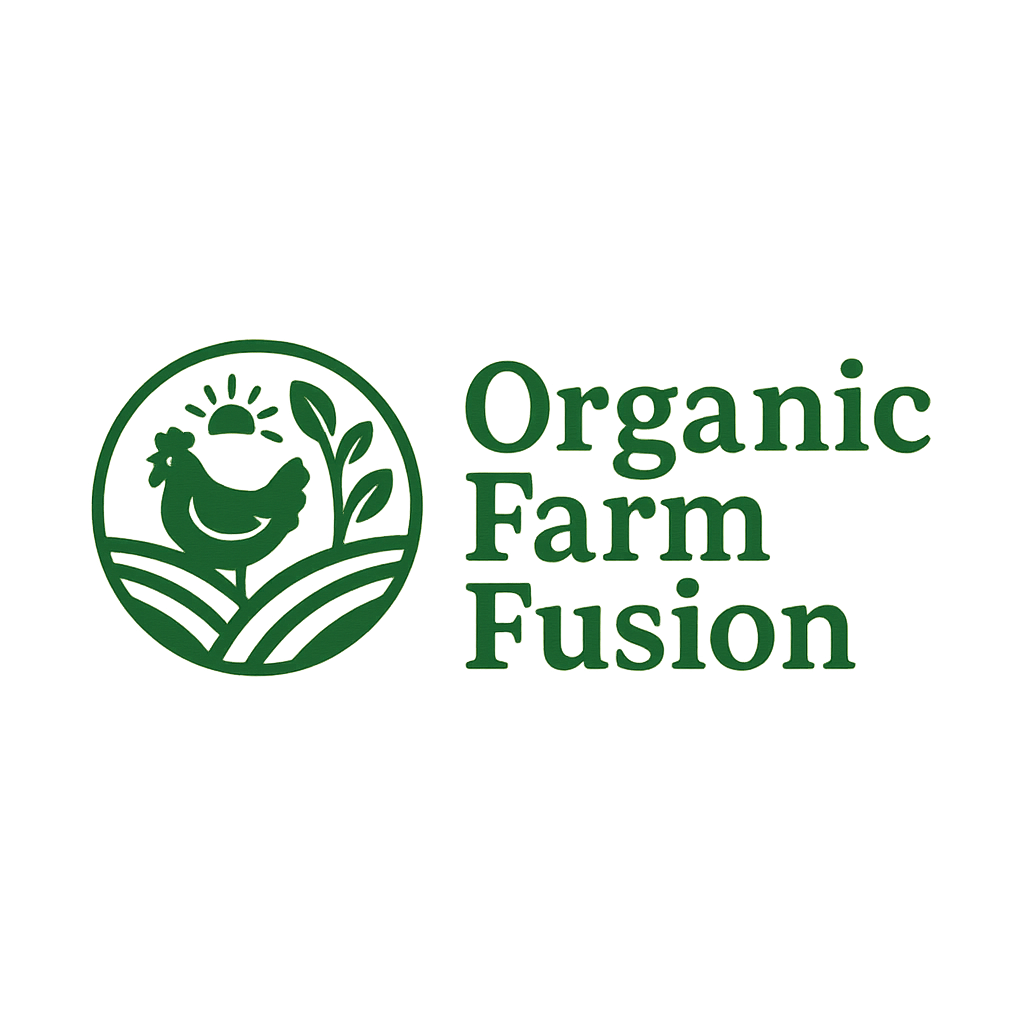Introduction
Integrated farming is a modern and sustainable agricultural system that combines different types of farming—such as crop cultivation, livestock rearing, aquaculture, and agroforestry—into a single, efficient system. The goal is to maximize resource utilization, minimize waste, and create a self-sustaining farm ecosystem. In the United States, integrated farming is gaining popularity as farmers look for sustainable and profitable solutions to combat climate change, soil degradation, and rising operational costs.
Definition of Integrated Farming
Integrated farming is an approach where different agricultural components are linked to support each other. This method enhances productivity, reduces dependency on external inputs, and promotes environmental sustainability. For example, livestock waste can be used as organic fertilizer for crops, and crop residues can be used to feed animals. In the U.S., integrated farming also aligns with regenerative agriculture principles and sustainable land management strategies.
Benefits of Integrated Farming in the USA
- Higher Productivity – By combining multiple farming activities, integrated farming ensures better use of land and resources, leading to increased output.
- Cost-Effectiveness – Reduces the need for external fertilizers and feed by utilizing natural resources within the farm, helping American farmers save on input costs.
- Environmental Sustainability – Minimizes waste, prevents soil depletion, and promotes biodiversity, aligning with U.S. conservation efforts.
- Improved Soil Fertility – Organic matter from animal waste enriches soil quality, leading to better crop yields, which is crucial for long-term soil health.
- Diversified Income Sources – U.S. farmers can earn from different products like crops, dairy, poultry, and fish, reducing financial risks, especially during economic downturns.
- Waste Recycling – Efficiently utilizes farm waste, such as converting manure into biogas or compost, reducing pollution and improving sustainability.
- Pest and Disease Control – A balanced farm ecosystem helps reduce pest attacks and disease outbreaks, decreasing reliance on chemical pesticides.
Examples of Integrated Farming Systems in the USA
- Crop-Livestock Integration – U.S. farmers use manure from cows or goats as organic fertilizer for crops while crop residues serve as animal feed, a common practice in Midwestern states.
- Aquaponics (Fish Farming + Hydroponics) – Growing in popularity, aquaponics is widely used in states like California and Florida, where fish waste provides nutrients for plants, and plants clean the water for fish.
- Agroforestry (Crops + Trees + Livestock) – Practiced in the southern U.S., this method enhances soil health while supporting livestock grazing.
- Duck and Rice Farming – Farmers in the Mississippi Delta region have adopted this method, where ducks help control pests in rice fields while their droppings act as natural fertilizers.
- Beekeeping and Farming – Beekeeping is widely practiced across the U.S. to improve crop pollination and honey production, particularly in states like North Dakota and California.
Government Support for Integrated Farming in the USA
The U.S. Department of Agriculture (USDA) and other organizations offer grants and financial assistance for farmers implementing integrated and sustainable farming systems. Some key programs include:
- Sustainable Agriculture Research and Education (SARE) Program – Provides funding for research on sustainable farming techniques.
- Environmental Quality Incentives Program (EQIP) – Supports farmers in adopting conservation practices, including integrated farming.
- Farm Service Agency (FSA) Loans – Offers financial support to farmers transitioning to sustainable practices.
Conclusion
Integrated farming is a smart and sustainable approach for American farmers. By combining different agricultural activities, it increases productivity, improves soil health, and provides multiple income sources. With government support and growing consumer demand for organic and sustainable food, integrated farming is set to play a crucial role in the future of U.S. agriculture.
Would you like to start an integrated farming project in the USA? Share your thoughts in the comments!
